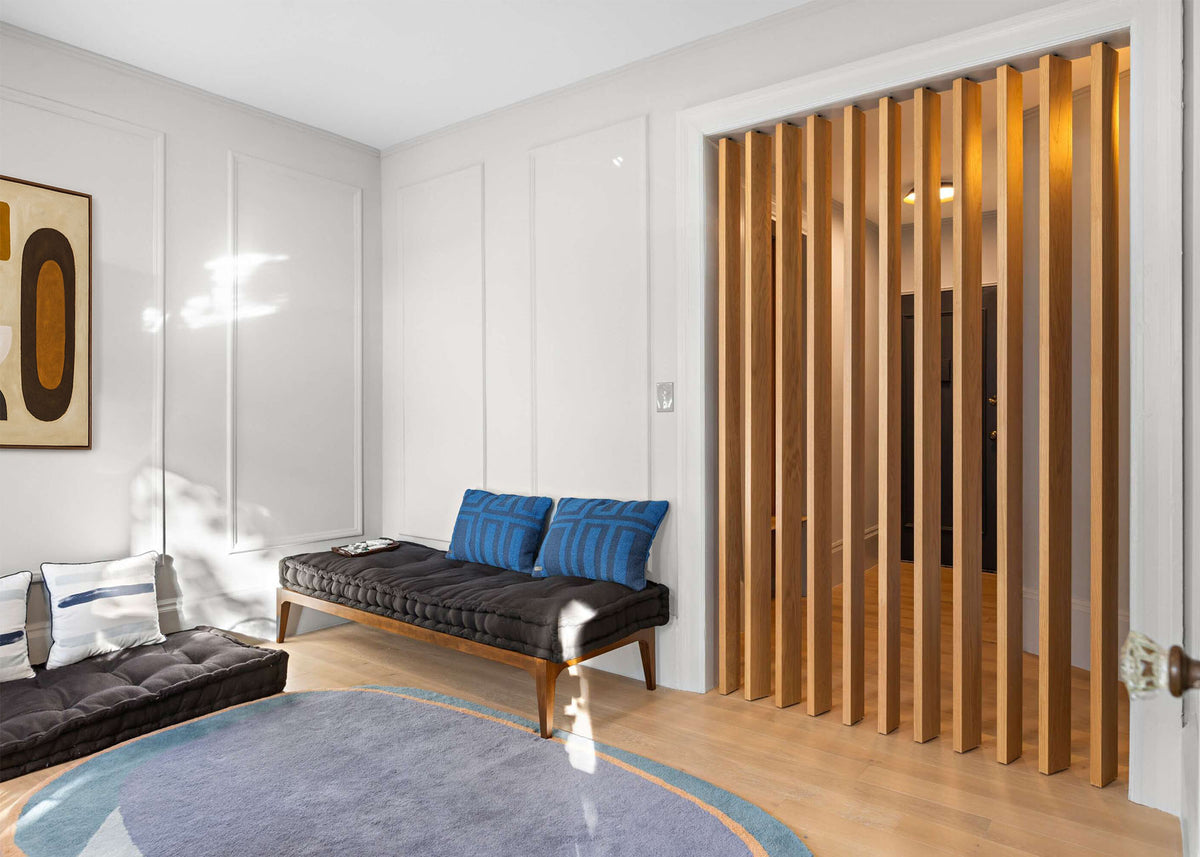Creating an inspiring and practical study environment is essential for productivity and learning.Read More
Let’s explore how decorative panelling can enhance study rooms and learning areas with elegance, focus, and style. Why Choose Decorative Panelling for Study Spaces Decorative panelling adds depth, texture, and visual interest without overwhelming the room. It helps break up plain walls and can be tailored to suit any interior style—modern, classic, minimalist, or rustic. In learning spaces, this feature also brings a sense of structure and order, ideal for environments that support concentration and calm. Beyond aesthetics, panelling can improve acoustics, conceal imperfections, and create zones within a room. For instance, a panelled feature wall behind a desk provides a stylish focal point, while full-wall panelling adds warmth and character. Wood Panelling for a Timeless Appeal Timber wall panelling remains one of the most popular choices due to its versatility and timeless look. Light oak or birch panels add Scandinavian simplicity, while dark walnut or mahogany offers a more traditional, scholarly vibe. In study rooms, wood panelling can create a cosy atmosphere, perfect for reading and focused work. Vertical panels make ceilings appear taller, which is ideal for smaller spaces. Horizontal designs, meanwhile, can make a room feel wider and more expansive. Painted Panelling for Personal Expression Painting your panelling allows you to introduce colour in a refined, structured way. Whether opting for calming neutrals, soft pastels, or bold accent colours, painted panelling can complement the mood and purpose of the space. For younger learners, consider playful tones such as sage green or soft blue. In more mature spaces, rich navy or forest green panelling evokes a refined, library-like feel. Pair this with matte finishes to reduce glare and add a sense of depth. Panelled Storage Walls for Functionality Combining aesthetics with storage is key in a practical study area. Full-height panelled walls can be designed with built-in shelves, cabinets, and hidden compartments to maintain a tidy, organised environment. Shaker-style panels are ideal for creating uniform cabinet fronts, lending a timeless look while hiding away clutter. This kind of solution not only supports productivity but also keeps the space free from distractions. Feature Walls with Textured Panels If full-room panelling feels too enclosed, opt for a single feature wall. Textured panels—such as fluted, slatted, or geometric designs—add visual interest without overpowering the room. This approach works especially well behind desks or seating areas, creating a clear backdrop for video calls or Zoom classes. Pairing texture with soft lighting can make the study zone feel both inspiring and serene. Using Panelling to Define Zones In multi-purpose rooms, decorative panelling can help define different areas. Use it to separate a reading nook from the main workspace or to subtly distinguish a child’s craft corner from an adult workstation. Half-height panelling or panelling in contrasting colours can create boundaries without adding bulk. It’s a clever way to organise open-plan or shared spaces while maintaining cohesion. Final Touches and Styling Tips Complement panelling with thoughtful accessories—wall sconces for ambient lighting, cork boards for notes, or floating shelves for books and plants. Choose furniture in coordinating tones and materials for a seamless look. Add a soft rug or curtains to balance out the structured feel of panelling, and include personal touches like framed artwork or motivational quotes to keep the space both functional and welcoming. Conclusion Decorative panelling brings structure, style, and practicality to study rooms and learning environments. Whether you prefer classic timber, modern textures, or clever storage solutions, panelling can transform any space into one that supports focus, creativity, and comfort.





